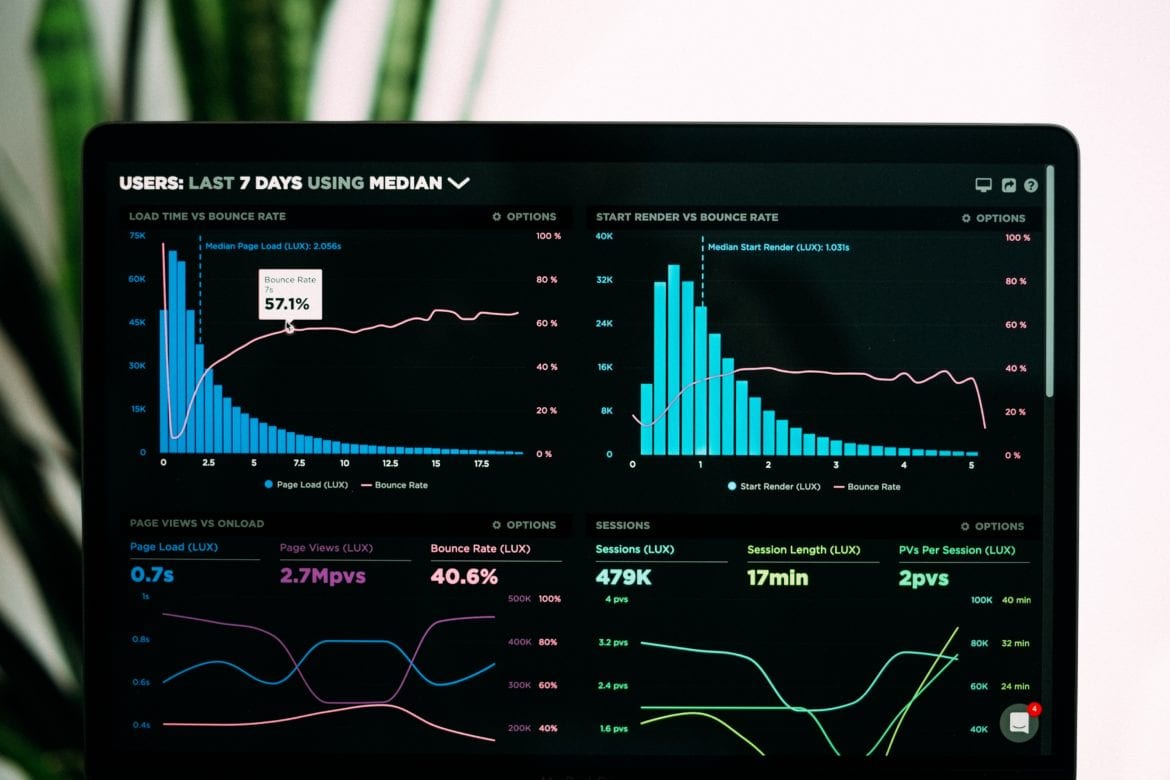|
Getting your Trinity Audio player ready...
|
Digital media subscriptions are predicted to continue strong growth of 20 per cent year over year, with digital news subscriptions specifically reaching twenty million subscribers, according to research by Deloitte Global.
Additionally, consumers are expected to move from an average of two digital subscriptions in 2018 to four by the end of 2020.
There have been a number of enabling factors for this growth, including phone screen size and resolution, easier sign-up processes, and overall improvements in broadband speeds. For news publishers, there is further momentum driven by the challenges to ad revenue models, due to privacy concerns, tracking blockers, and ad blocking software.
Reliable benchmarks for growing digital subscriptions is critical, as publishers seek to map an optimal visitor journey towards purchasing a digital subscription.
FTI consulting and the Local Media Association partnered with the Google News Initiative (GNI) to analyze the critical factors to develop a sustainable digital subscription model for across 10 news organizations in the US and Canada.
Over nine months, they worked with publishers to run optimization experiments and develop roadmaps for success. The participants included a mix of corporate-owned and independent community and metro publishers, such as The Baltimore Sun, Houston Chronicle, the Toronto Star, and Idaho Press.
The end result was the GNI Subscriptions Lab Critical Publisher Benchmarks Report. Below are highlights of the top benchmarks and recommendations. The full report is 18 pages, containing the background, methodology, and greater detail of each finding.
1) Visit Frequency Goals
- Visits per Unique Visitor Goal: 2+
Visitor traffic has been determined as the most critical factor in driving “stickiness”, according to research by the Northwestern Local News Initiative. Increasing the number of visitors per unique visitor increases the likelihood of subscribing. - % of Unique Visitors that are Known Goal: 5%+
Increasing the number of known visitors via registration or subscription amplifies visit frequency and conversion.
2) Subscriber Engagement Goals
- Digital Activation of Print Subscribers Goal: 75%+
Drive print subscribers to create digital accounts linked to their print subscription. This is a critical first step to leading them to a digital only, or digital+plus Sunday print option. The second step is to turn those engaged print subscribers into recurring digital visitors.
3) Conversion Goals
- Meter Stop Rate (MSR) Goal: 5%-7%
It is important to present the subscription offer to the optimal number of recurring readers. Many news publishers have set the stop rate too high, missing opportunities to convert their most active readers. - Paid Stop Conversion Rate (PSCR) Goal: .5%+
It is critical to monitor the conversion page effectiveness once visitors hit the paywall. A/B and multivariate testing of layout and text, offer testing, and a frictionless checkout and payment process, should be leveraged to maximize the subscription page conversion rate.
4) Email Newsletter Goals
- Unique Newsletter Emails per Unique Visitor Goal: 10%
This metric measures the effectiveness at capturing emails. In order to hit goals for known users, and ultimately round out the approaches to drive subscription conversions, a robust email database and offers are a successful approach. - Newsletter Unique Open Rate and CTR Goal: Open 40%, click 10%
Newsletters that are not opened or clicked upon, are not driving readers towards a paid subscription conversion. Monitoring of newsletter effectiveness goals is important for both sub conversions and retention of existing subscribers.
5) Financial Goals
- Average Revenue per Users (ARPU) Goal: $10-$15+
The ARPU metric helps publishers understand the revenue driven from subscribers, and is important in setting strategies for discounting, and balancing premium pricing vs digital subscriber growth goals. - Digital Revenue per Unique Visitor (Ad + Consumer) Goal: Market dependent
This metric helps publishers understand the overall monetization results, and the relative value between ad revenue and subscriptions. A key metric when considering product changes or offering ad-lite options.
6) User Experience (UX) Goals
- Desktop/mobile Page Speed Goal: 50+ Desktop, 25+ Mobile
This metric is based on the Google Pagespeed Insights Tool, and is a critical UX factor affecting multiple outcomes. Page load speed affects ad viewability, deeper site visits, visitor satisfaction, and bounce rates. Page speed is also a critical factor in search engine rankings, increasing exposure for publisher content to reach more visitors.
The report closes with an emphasis on the importance of understanding the key KPIs that measure monetization, funnel conversions, and subscriber retention. The authors note that the process of benchmarking itself led to growth for all participants, regardless of their maturity level at the onset.
Michael Yeon, VP Marketing, Admiral

By Admiral
Admiral helps digital publishers grow visitor relationships via adblock recovery, per-site subscriptions, multi-site subscriptions, email subscriptions, social subscriptions, privacy consent and more, powered by Admiral’s one-tag, one-vendor, one visitor experience Visitor Relationship Management (VRM) platform.


